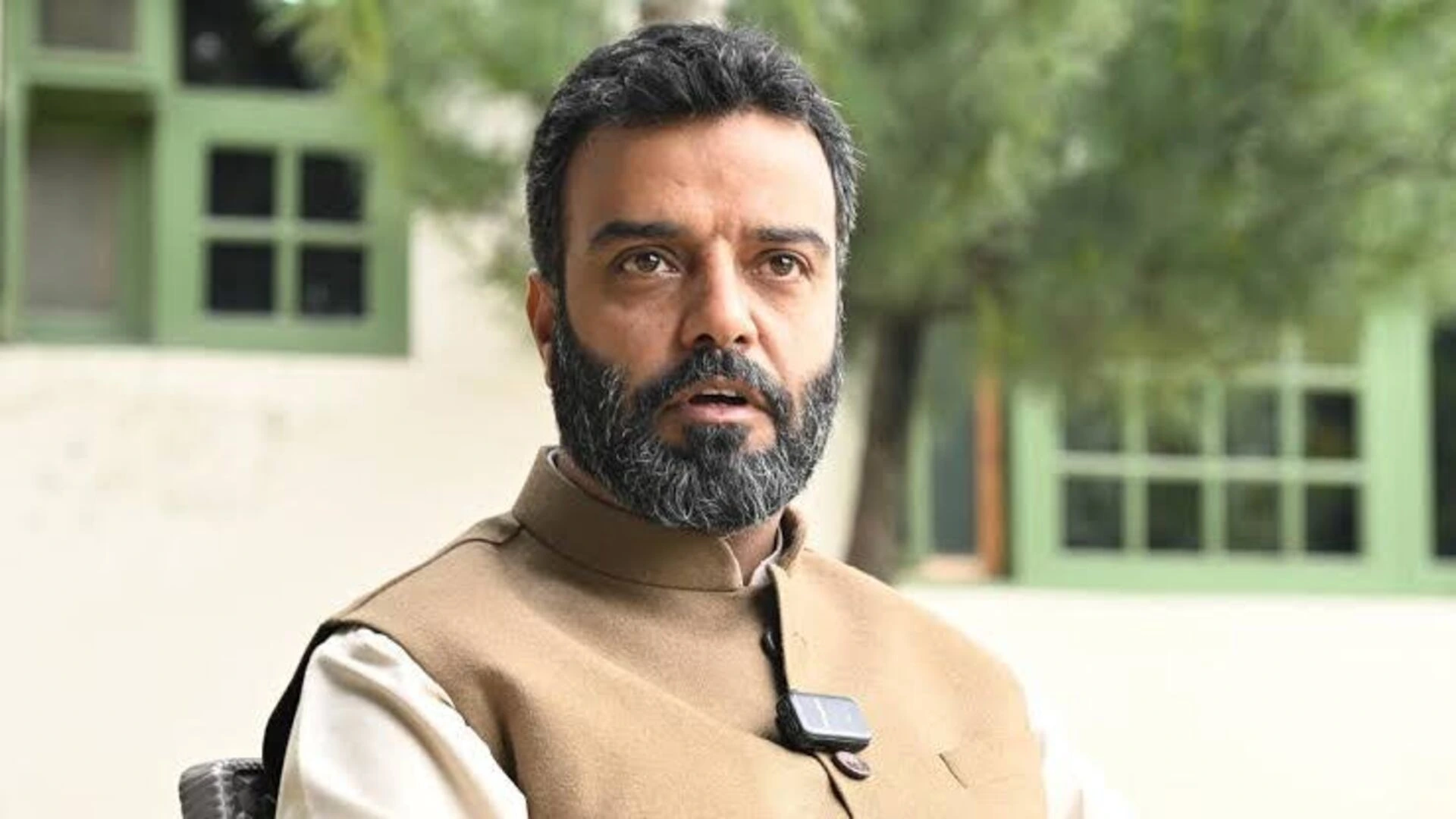The Supreme Court of India has introduced a reimagined version of the ‘Lady Justice’ statue, marking a significant shift from its colonial representation. The updated statue features ‘Lady Justice’ with open eyes and the Constitution of India, replacing the traditional blindfold and sword, symbolizing a commitment to constitutional values and an inclusive approach to justice.
Lady Justice’s Eyes Open: A Symbol of Equality
The redesign of ‘Lady Justice’ signifies a transformation in the perception of justice within the judiciary. Traditionally depicted with a blindfold to symbolize impartiality, the new statue features open eyes, a bold statement made by Chief Justice of India D.Y. Chandrachud. “The law is not blind; it sees everyone equally,” CJI Chandrachud stated during the unveiling, emphasizing a modern approach to justice.
This change represents a move away from colonial symbols towards a distinctly Indian interpretation of justice. The statue now stands proudly in the judges’ library, embodying a vigilant and inclusive legal identity.
Replacing the Sword with the Constitution
One of the most striking changes in the statue is the replacement of the sword with the Constitution of India. While the sword historically represented authority and punishment, its substitution with the Constitution reflects a shift towards a more principled approach to justice. The Constitution serves as the foundation of the judiciary, symbolizing the upholding of rights, equality, and fairness over mere retribution.
A senior official from the Chief Justice’s office explained, “The sword is a symbol of violence, but courts deliver justice according to constitutional laws. The new statue aims to reflect this principle.”
Breaking Free from Colonial Legacy
The redesign of ‘Lady Justice’ is part of a broader initiative by the Indian judiciary to distance itself from colonial influences. Recent legal reforms, such as the introduction of the Bharatiya Nyaya Sanhita (BNS) to replace the Indian Penal Code (IPC), further underscore this movement. CJI Chandrachud has been vocal about the importance of moving away from British-era symbols and laws, emphasizing that the judiciary’s role is to protect constitutional rights rather than to punish.
As noted by a source close to the Chief Justice, “Justice Chandrachud believes that India should move forward from the British legacy, and that the law is never blind; it sees everyone equally.” This philosophy is now embodied in the redesigned ‘Lady Justice.’
Retaining the Scales of Justice
Despite the significant changes, the scales of justice in ‘Lady Justice’s’ right hand remain a vital symbol of impartiality. The scales represent the careful weighing of evidence, ensuring that all sides are considered equally before a verdict is reached. “The scales of justice represent balance in society and the idea that facts and arguments from both sides are weighed by courts before arriving at a conclusion,” said an official.
A Historical Perspective
The figure of Lady Justice has its roots in ancient Greek and Roman iconography, representing the law and moral force in society. Initially associated with Themis, the Titaness of divine law in ancient Greece, and later with Justitia, the Roman goddess of Justice, the symbolism of justice has evolved over centuries.
Lady Justice gained prominence during the Renaissance, aligning with emerging legal ideals. The modern representation, often depicted with a blindfold, became a standard in courtrooms, emphasizing the principles of justice and equality before the law.
The unveiling of the redesigned ‘Lady Justice’ statue by the Supreme Court of India signifies a crucial step toward reflecting contemporary judicial values. By embracing a more inclusive and constitutionally centered approach, the judiciary aims to embody a justice system that sees and serves all individuals equally.







